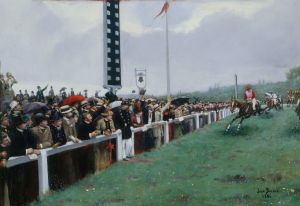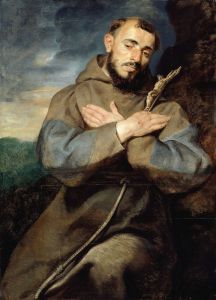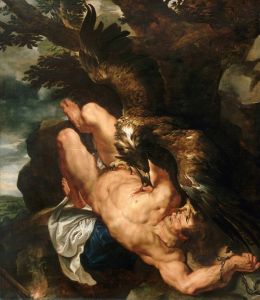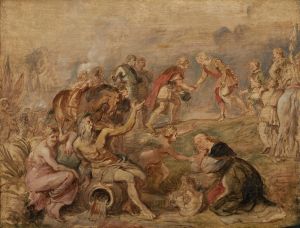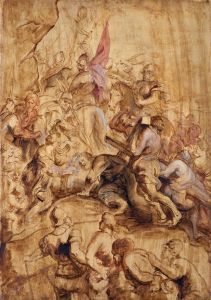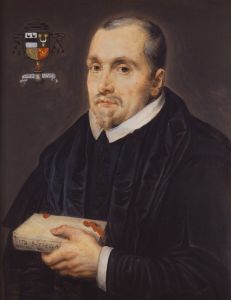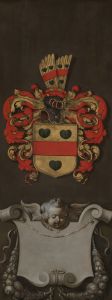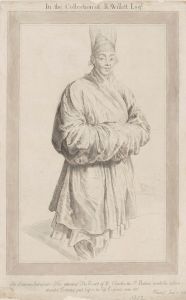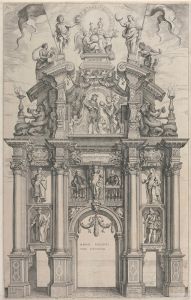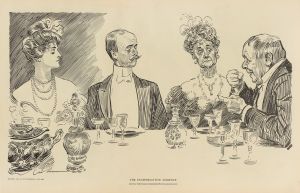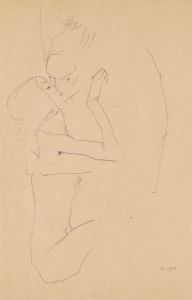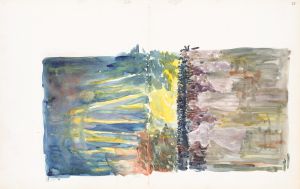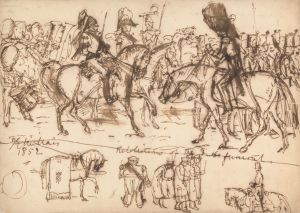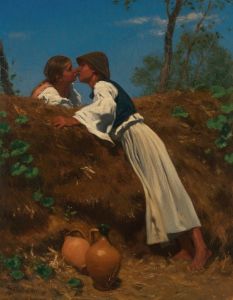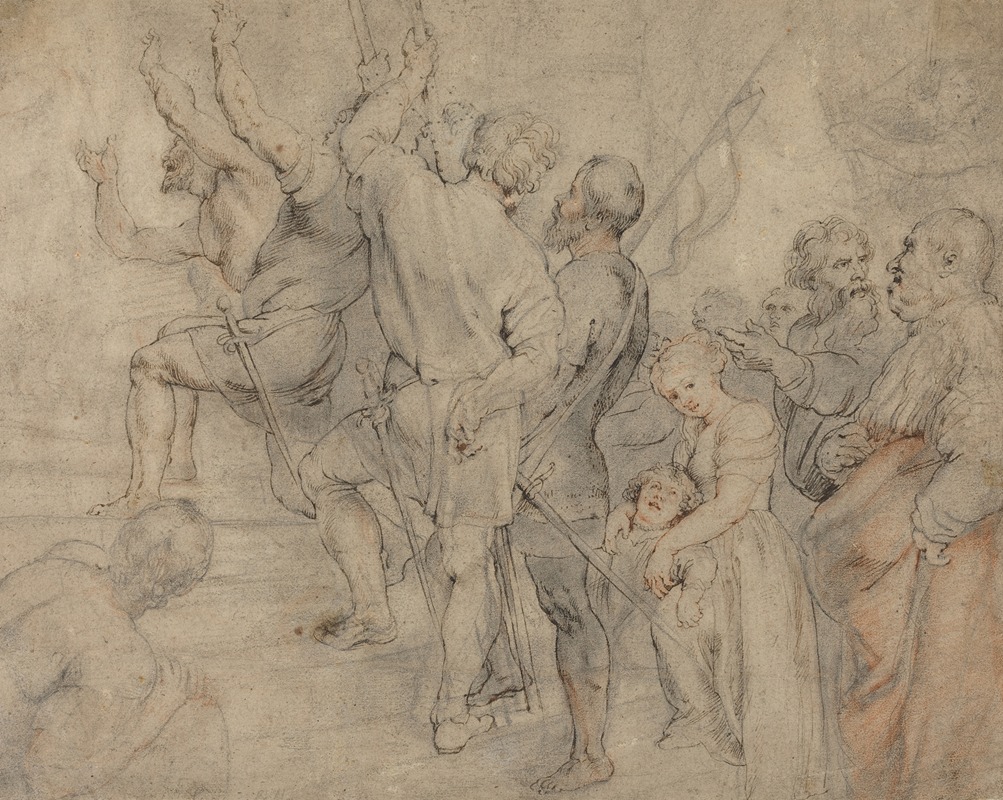
Part of the Crowd at the Ecce Homo
A hand-painted replica of Peter Paul Rubens’s masterpiece Part of the Crowd at the Ecce Homo, meticulously crafted by professional artists to capture the true essence of the original. Each piece is created with museum-quality canvas and rare mineral pigments, carefully painted by experienced artists with delicate brushstrokes and rich, layered colors to perfectly recreate the texture of the original artwork. Unlike machine-printed reproductions, this hand-painted version brings the painting to life, infused with the artist’s emotions and skill in every stroke. Whether for personal collection or home decoration, it instantly elevates the artistic atmosphere of any space.
"Part of the Crowd at the Ecce Homo" is a painting by the renowned Flemish artist Peter Paul Rubens, who is celebrated for his Baroque style that emphasized movement, color, and sensuality. Rubens, born in 1577 in Siegen, was a prolific artist whose works spanned religious themes, historical subjects, and portraits. He became one of the most influential artists of his time, and his works are characterized by their dynamic compositions and vibrant energy.
The painting "Part of the Crowd at the Ecce Homo" is a segment of a larger composition that depicts the biblical scene of Ecce Homo, which translates to "Behold the Man." This scene is derived from the New Testament, where Pontius Pilate presents a scourged Jesus Christ to the crowd, uttering the words "Ecce Homo." This moment is significant in Christian iconography as it represents the moment before Jesus' crucifixion, highlighting themes of suffering, judgment, and redemption.
Rubens' interpretation of this scene is notable for its dramatic intensity and the emotional expressions of the figures involved. While the complete composition of the Ecce Homo scene by Rubens may include Christ, Pilate, and other central figures, "Part of the Crowd at the Ecce Homo" specifically focuses on the reactions and emotions of the crowd witnessing the event. This focus allows Rubens to explore the varied human responses to the divine and the tragic, capturing a range of emotions from empathy to hostility.
The painting exemplifies Rubens' mastery of human anatomy and his ability to convey complex emotions through facial expressions and body language. The figures in the crowd are rendered with a sense of immediacy and vitality, drawing the viewer into the narrative. Rubens' use of color and light further enhances the emotional impact of the scene, with dramatic contrasts that highlight the tension and drama of the moment.
Rubens' work was deeply influenced by his travels and studies in Italy, where he was exposed to the works of Renaissance masters such as Michelangelo and Caravaggio. These influences are evident in his robust figures and the dynamic composition of his paintings. Additionally, Rubens' experience as a diplomat and scholar informed his art, allowing him to infuse his works with a depth of understanding and cultural context.
"Part of the Crowd at the Ecce Homo" reflects Rubens' ability to blend religious narrative with human emotion, creating a powerful visual experience that resonates with viewers. His work continues to be celebrated for its artistic brilliance and its ability to convey the complexities of the human condition.
While specific details about the provenance or current location of "Part of the Crowd at the Ecce Homo" may not be widely documented, Rubens' influence on the art world remains significant. His contributions to Baroque art have left a lasting legacy, and his works are studied and admired for their technical skill and emotional depth.





